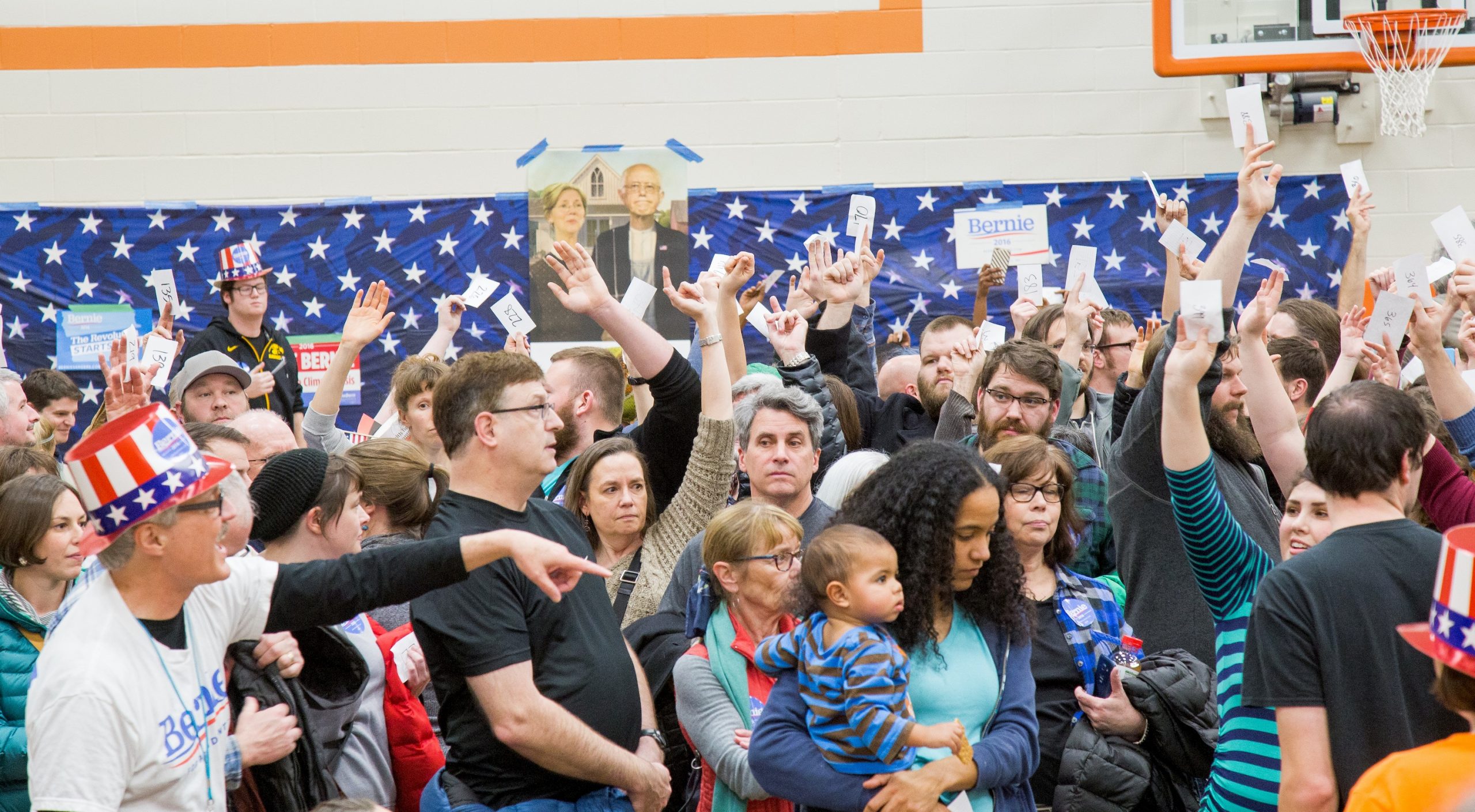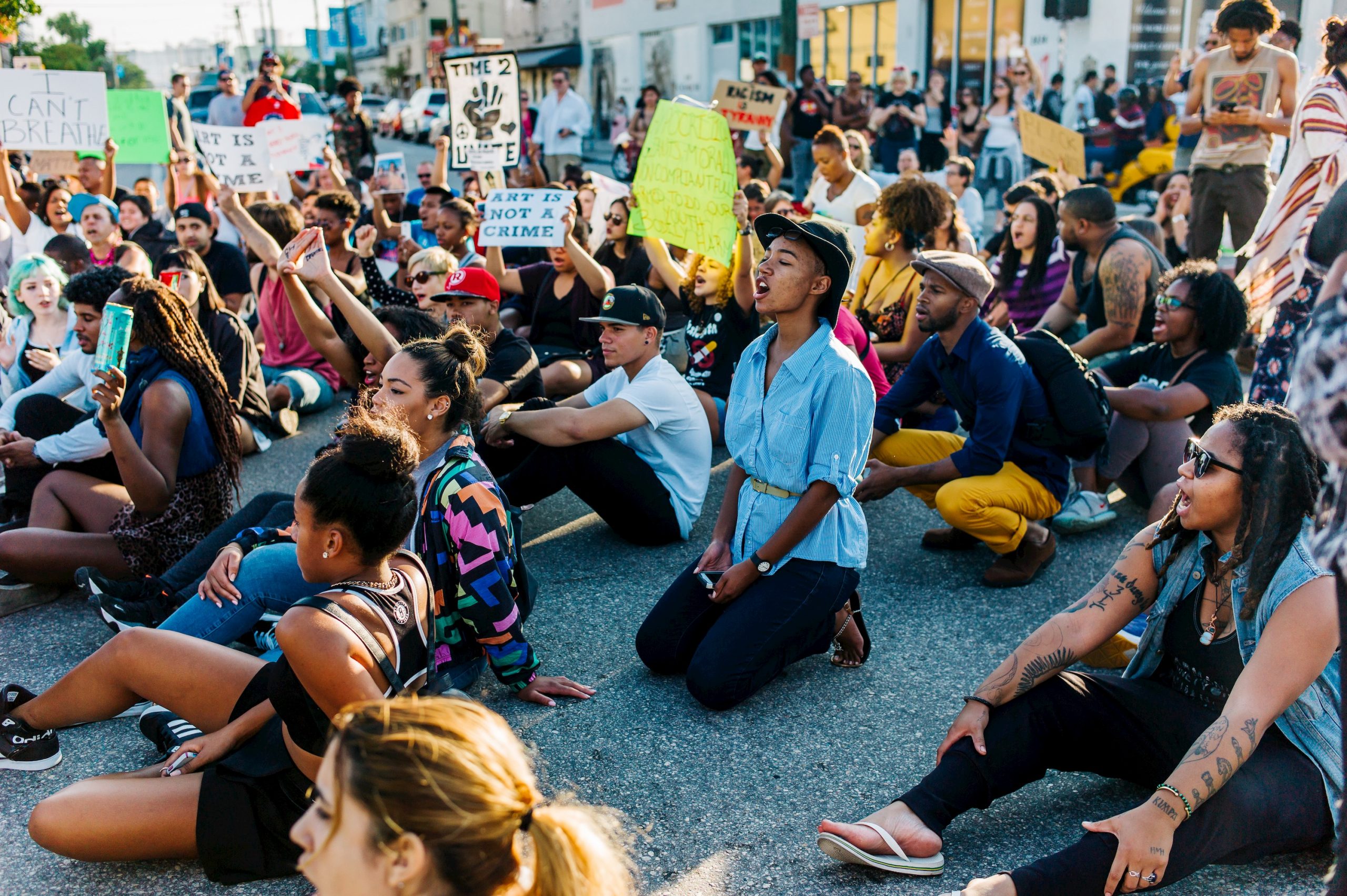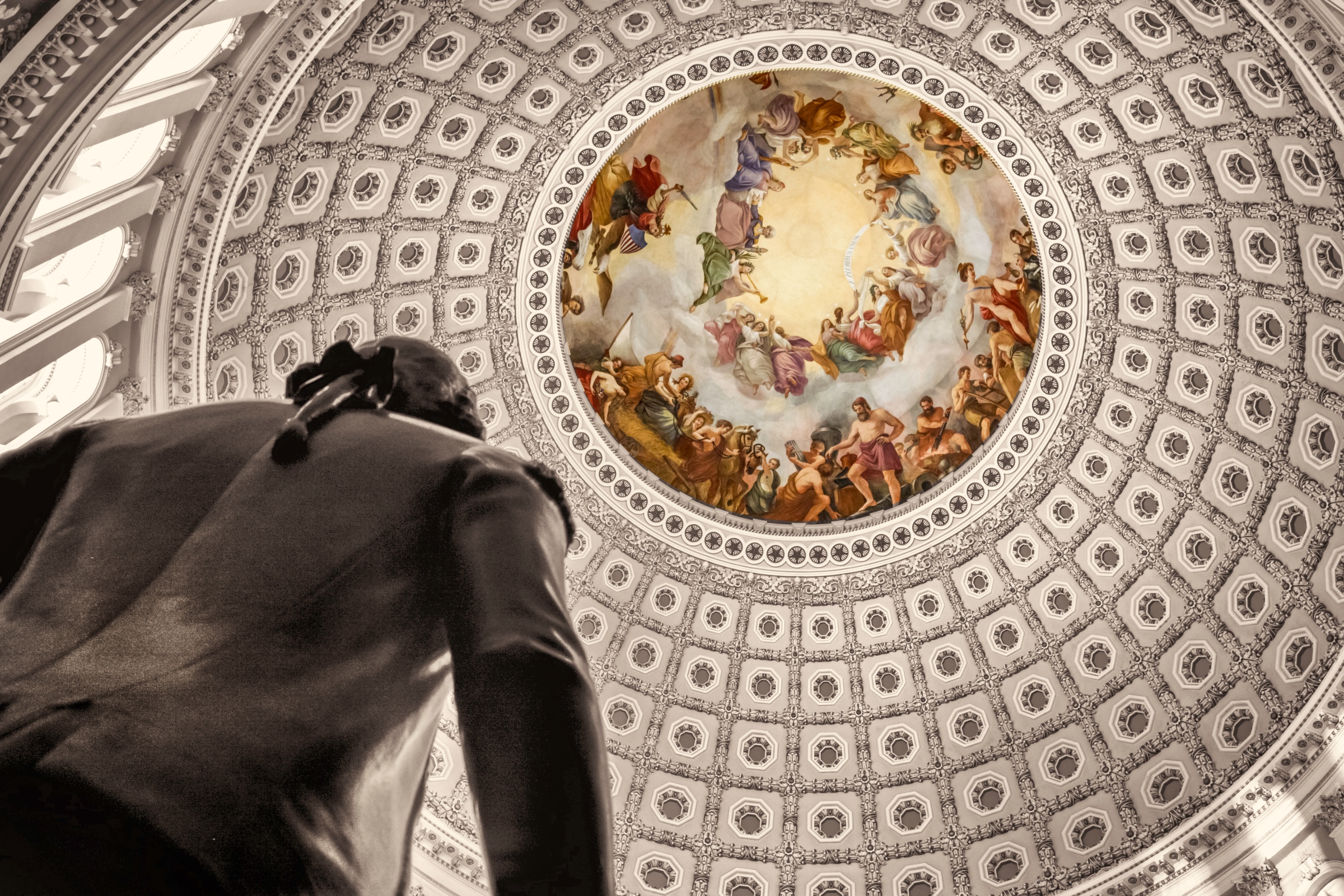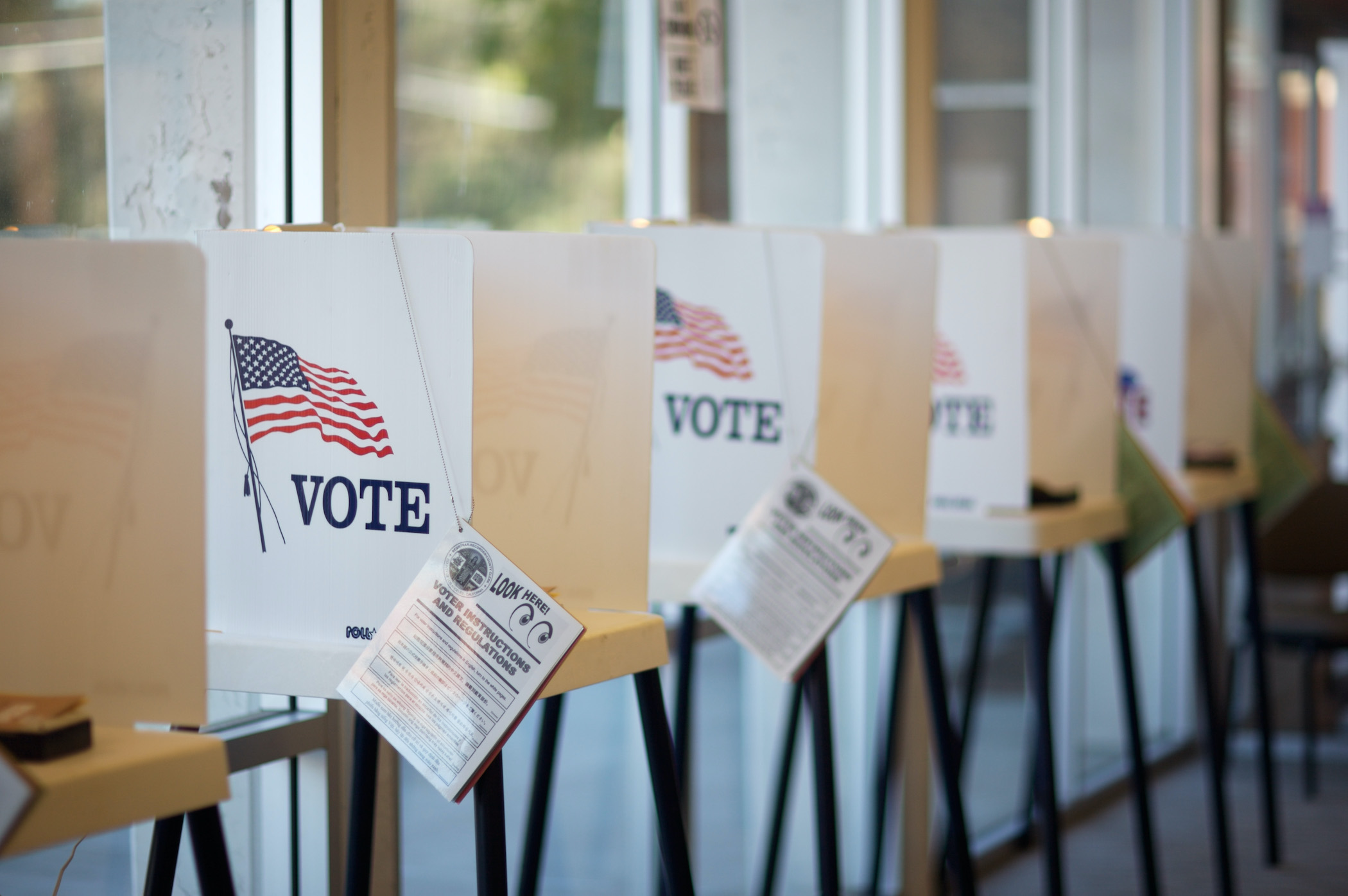For the past six years, Democracy Fund has distinguished itself as an organization that has sought common ground between the left and right. We have worked hard to engage ideologically diverse partners and have pursued strategies that could garner support from across the political spectrum. In doing so, we have sought to address the polarization and gridlock that have come to define our nation’s political system.
This bipartisan approach has enabled us to play a rare role in the democracy reform space. We supported the Presidential Commission on Election Administration, which was co-chaired by the lawyers to the Obama and Romney presidential campaigns. We worked to create space for more ideologically diverse groups to advocate for campaign finance reform. And, we bolstered conservatives who took lonely stands on behalf of the rule of law during the Mueller investigation.
We are proud of this work and remain committed to the belief that principled compromise and broad coalitions are important for creating lasting change. We know that there are people across the ideological spectrum who care deeply about our country and we benefit from being exposed to diverse points of view.
But it is time to be clear: we are unwilling to compromise on fundamental principles of a healthy democracy. There can be no compromise when a Black person’s life is taken by a police officer as a result of a racist culture and institution. There can be no compromise when our free press is attacked as the enemy of the people. There can be no compromise when children are separated from their parents at the border, or when Muslims are “banned” from entering the United States. There can be no compromise when a party puts its political interests before the interests of conducting free and fair elections. There can be no compromise when leaders ignore the rule of law. These are violations of the non-negotiable ideals of a just and open democracy.
As more political leaders have abandoned their commitment to core democratic principles, we have increasingly found it impossible to describe our work as “bipartisan” without compromising on who we are and what we believe. Simply put, a commitment to “bipartisanship” above all else is untenable when our political leaders openly embrace authoritarian politics and reject values like pluralism and the rule of law.
I am therefore sharing today that Democracy Fund will no longer use the term “bipartisan” to describe our organization. Rather, we are an independent, nonpartisan foundation that advocates for an open and just democracy. As an organization, we choose to anchor ourselves in our democratic principles rather than the space negotiated between the two political parties. I know this decision will disappoint some of our partners and energize others, but I believe it is what our principles require of us. Democracy Fund will champion the leaders who defend democracy and who challenge our political system to be more open and just.
Democracy Fund’s work must be driven by evidence, learning, and our core beliefs about what is essential to a healthy democracy. We have long held six beliefs:
- In the dignity of every individual and in the equal protection of their rights under the law.
- That voting is the cornerstone of our democracy.
- That constitutional checks and balances and respect for the rule of law are critical to protect against abuses of power.
- That a healthy democracy cannot exist without a participatory, vibrant public square, including an independent, free press.
- That informed dialogue and principled compromise are essential to governing a large, diverse, and complex society like the United States.
- That political leaders and elected officials bear an uncommon burden to act with integrity.
We proudly stand for these beliefs and will unabashedly defend them. Today, we are adding another democratic value to this list:
We believe a just and equitable political system must eliminate structural barriers to ensure historically excluded communities have meaningful influence in our democracy.
Americans must acknowledge that our political system has been intentionally designed to marginalize many — particularly Black and Brown people — since its founding. Built on land stolen from its original inhabitants with the labor of enslaved people, our nation initially and repeatedly denied a voice to all but a privileged few white men. At Democracy Fund, we believe that we must amplify the efforts of unjustly marginalized groups to be heard and be represented, just as we must stand against those who promote bigotry and hate.
In recent years, Democracy Fund has been working to create a more diverse, equitable democracy through efforts like becoming a founding partner of the Racial Equity in Journalism Fund, supporting communities targeted by hate, fostering a more representative Congress, and combating barriers to voting for historically disenfranchised communities. We remain committed to eliminating structural barriers not only in what we do, but by taking an inward look at how we do it.
While I am proud of the work that we and our grantees have done to contribute to a more equitable democracy, I know Democracy Fund has fallen short of what is needed. Our bipartisan positioning has too often been an excuse to not grapple with and address the deep injustice that is ingrained in our political institutions and system. Indeed, adding a core belief that explicitly elevates the need for equitable influence and power is a small step toward rectifying that failure, but it’s not enough. Moving forward, we are prioritizing a commitment to diversity, equity, inclusion, and justice in our work, including our philanthropic practices, and we invite you to hold us accountable as we do this work.
The challenges facing our democracy are urgent and complex, and I feel a deep sense of responsibility and service to the field — and to our mission of defending democracy and challenging our political system to be more open and just. While our political system is resilient and has endured through times of severe stress, the ongoing health of our republic depends on each of us standing against immediate threats to our democracy and engaging in the long struggle to ensure that our country lives up to its democratic ideals. Led by our principles, Democracy Fund aspires to be a better champion and ally to those in the fight.
Cover Photo: Participants in a Memorial Day Parade in Washington, DC. Photo by Roberto Galen.








